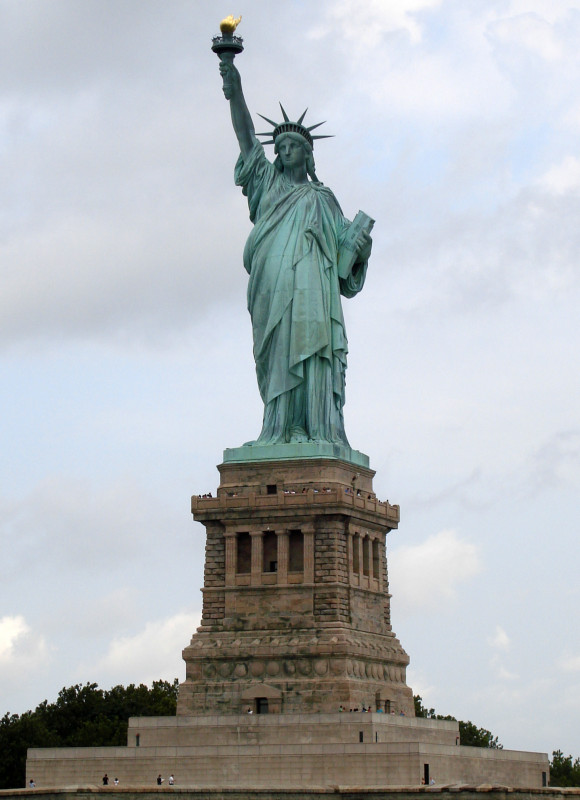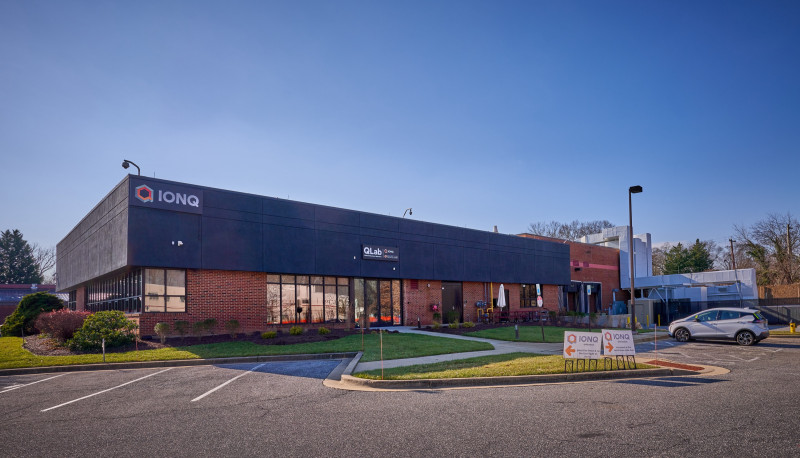The Royal Edward Victualling Yard (REVY), located in Pyrmont, Sydney, is a heritage-listed former naval victualling yard and warehouse complex. Designed by Walter Liberty Vernon and constructed between 1904 and 1912, it was built by McLeod Brothers and the NSW Public Works Department. Known as Buildings A and B (Main Warehouse) and Building C (Former Commonwealth Ordnance Stores), REVY is historically significant as a representation of naval operations in the early 20th century. It was added to the New South Wales State Heritage Register on March 22, 2011, recognizing its importance as a landmark and historical site.
7 hours ago : Roy Lee Ward executed in Indiana for the 2001 murder of Stacy Payne.
Roy Lee Ward was executed in Indiana for the 2001 rape and murder of Stacy Payne. Ward's execution by lethal injection concludes a long legal battle.
1901: Sydney Harbour Trust created
In 1901, the Sydney Harbour Trust was created and took over construction of the concrete wharf.
1902: Grain storage shed
In 1902, a grain storage shed was built.
1902: Wharf Completion and Shed Construction
In 1902, the concrete wharf was completed, connecting the eastern and western sides with a timber wharf to the north. Also in 1902, a long single-story shed was completed, running the length of berths 12 to 14, and the eastern side of the wharf was used as a wheat trading area.
1903: Shed built on the western side of the wharf
In 1903, a shed was built on the western side of the wharf.
1903: Two storey shed
In 1903, a two storey shed was constructed.
1903: Association with Royal Australian Navy
The site also has state associational significance with the Royal Australian Navy and its Commonwealth Forces predecessor for its continuous association with naval and defense purposes for a century from 1903 to 2003.
1904: Construction start
In 1904, construction of the Royal Edward Victualling Yard (REVY) buildings A, B and C began, designed by Walter Liberty Vernon.
1905: Construction Commences
In 1905, McLeod Bros won the tender and construction of the victualling stores, including REVY A and B buildings, commenced on the western side of Darling Island, designed by Walter Liberty Vernon.
July 1906: Request to rename new stores
In July 1906, Rear Admiral WH Fawkes requested the Admiralty to rename the new stores as the Royal Edward Victualling Yard.
1906: Shed built at the northern end of the wharf
In 1906, a shed was built at the northern end of the wharf.
1906: First Sydney warehouse facilities to be electrified
The complex has local historical significance as one of the first Sydney warehouse facilities to be electrified in 1906.
January 1907: Stores renamed Royal Edward Victualling Yard
In January 1907, the Admiralty granted the request to rename the stores as the Royal Edward Victualling Yard, making it the first Royal Yard in the southern hemisphere and the Navy's major store depot.
February 1907: Victualling Stores transferred to REVY
On February 23, 1907, the Victualling Stores were transferred from Garden Island to the Royal Edward Victualling Yard (REVY).
June 1907: REVY becomes headquarters of Imperial Naval Authority
On June 1, 1907, REVY officially became the new headquarters of the victualling department of the Imperial Naval Authority on a permanent lease.
1907: Contract agreed for building construction on Darling Island
In 1907, a contract was agreed upon for pile driving and other preparations for the construction of new buildings on Darling Island.
1907: Construction of northern shed
In 1907, the northern shed was constructed.
1909: Plans prepared for eight-story ordinance store
In 1909, plans were prepared for the eight-story ordinance store (REVY C).
1910: Federation style warehouse construction
Around 1910, construction began on narrow, vertical Federation style warehouses, such as REVY A, B, and C. These warehouses featured load bearing masonry external walls, reinforced concrete floors, and reinforced flat concrete roofs.
1910: King George V succeeds the throne
In 1910, King George V succeeded the throne.
1911: Building designs
Between 1890 and 1911, Government Architect Walter Liberty Vernon designed all buildings, including a weatherboard and stucco building south of where REVY C is located, a receiving shed, cooperage, and workshop.
1911: Royal Australian Navy title granted
In 1911, the title Royal Australian Navy (RAN) was granted to the Commonwealth Naval Forces.
1911: Government Architect
The REVY buildings are state significant for their association with their architect, Walter Liberty Vernon, Government Architect 1890-1911.
1912: Reinforced concrete buildings
By 1912, reinforced concrete buildings were common in Melbourne.
1912: Construction complete
In 1912, construction of the Royal Edward Victualling Yard (REVY) buildings A, B and C was completed.
1913: Naval establishments transferred to Commonwealth of Australia
In 1913, naval establishments, including REVY, were transferred to the Commonwealth of Australia.
1913: Australian Navy responsibility
In 1913, when the yard became the responsibility of the Australian Navy, it became imperative to determine how to supply the China and East Indies Stations with various items purchased in Sydney, including coal, boats, timber, and clothing.
1918: Federation style warehouse construction
Around 1918, construction concluded on narrow, vertical Federation style warehouses, such as REVY A, B, and C. These warehouses featured load bearing masonry external walls, reinforced concrete floors, and reinforced flat concrete roofs.
1919: Additional storehouses constructed on Cockatoo Island
In 1919, the Navy constructed additional storehouses on Cockatoo Island, while maintaining some stores on Garden Island, although REVY continued to be the main major store depot.
1923: Royal Australian Navy takes over REVY C
In 1923, the Royal Australian Navy took over the REVY C building, which then became the main storage facility for the RAN.
1925: Installation of equipment
In 1925, two overhead travelers and differential lifting gear were installed on the ground floor of Revy C for handling heavy packages and stowing items such as electric cables and mine sweeping gear.
1927: New entrance from Jones Bay Road proposed
In 1927, a new entrance from Jones Bay Road was proposed, and land was leased from the Sydney Harbour Trust Commissioners for this purpose.
1937: Grain wharf work and provision increase
From 1937, significant work was done on the grain wharf on the eastern side of Darling Island, increasing provisions for refrigerated goods and other general cargo.
1951: Passenger terminal replaced the 1902 grain storage shed
In 1951, a large passenger terminal replaced the 1902 grain storage shed.
1955: Demolition of northern shed
Between 1951 and 1955, the 1907 northern shed was demolished.
1968: Terminal remodeling
In 1968, the terminal was remodelled.
1969: Introduction of container shipping
In 1969, the first regular international container services were introduced into Australia, drastically altering how ships loaded and unloaded goods.
1970: Demolition of two storey shed
Between 1968 and 1970, the 1903-04 two-story shed was demolished, and a section of the seawall collapsed and was reconstructed.
1995: Revy A and B receive Merit Award
In 1995, the works to Revy A and B received a Merit Award in the Royal Australian Institute of Architects Awards for adaptive re-use, recognizing the engineering input into the refurbishment and the collaboration between structural engineers and heritage architects.
2002: Final Royal Australian Navy occupants relocate
In 2002, the final Royal Australian Navy occupants relocated from REVY A and B, leaving the buildings vacant.
2003: REVY site sold by the Commonwealth
In 2003, the REVY site was sold by the Commonwealth as freehold land, although the Commonwealth continued to occupy REVY C.
2003: Continuous association with naval
The site also has state associational significance with the Royal Australian Navy and its Commonwealth Forces predecessor for its continuous association with naval and defense purposes for a century from 1903 to 2003.
2005: Commonwealth vacates REVY C
In 2005, the Commonwealth vacated REVY C.
November 2010: State significance of Royal Edward Victualling Yard
As of November 2010, the Royal Edward Victualling Yard (REVY) has state significance as the first Royal Yard in the southern hemisphere, and is a reminder of the importance given to the presence of the Commonwealth Naval Forces. The stores played an instrumental role in the provision of supplies during World War Two.
February 2011: Building condition
As of February 2011, the buildings are in good condition.
March 2011: Property added to the New South Wales State Heritage Register
In March 2011, the Royal Edward Victualling Yard was added to the New South Wales State Heritage Register.
March 2011: Listing on the New South Wales State Heritage Register
Royal Edward Victualling Yard was listed on the New South Wales State Heritage Register on 22 March 2011.
October 2018: Wikipedia article published
In October 2018, this Wikipedia article was originally based on Royal Edward Victualling Yard, entry number 1855 in the New South Wales State Heritage Register published by the State of New South Wales (Department of Planning and Environment) 2018 under CC-BY 4.0 licence, accessed on 14 October 2018.
2018: Google purchases REVY buildings A and B
In 2018, Google purchased the REVY buildings A and B, formerly the headquarters of the Seven Network, located at 38-42 Pirrama Road.
Mentioned in this timeline

Google LLC is a multinational technology company specializing in online...
China officially the People's Republic of China PRC is an...
Australia officially the Commonwealth of Australia encompasses the Australian continent...

War is defined as an armed conflict involving the organized...

Liberty refers to the state of being free from oppressive...
The letter S in both uppercase and lowercase forms is...
Trending

2 months ago Greyhound Racing Under Scrutiny: Victoria Considers Ban, Tasmania Faces Brutality Expose

4 months ago Heidi Klum flaunts physique in bikini top while dancing and gardening.
Tama Tonga born Alipate Aloisio Leone is a Tongan-American professional wrestler currently signed to WWE He performs on the SmackDown...

2 months ago Microsoft CEO Nadella highlights IonQ's quantum computing advancements; stirs debate in Denmark.
4 months ago Private Universities Face Degree Length Challenges in Greece Amidst Legal Debates
43 minutes ago Jodie Turner-Smith Promotes 'Tron: Ares,' Dazzles in Burberry and Leather Jumpsuit in LA.
Popular

Charlie Kirk is an American right-wing political activist entrepreneur and...

Candace Owens is an American political commentator and author known...

Greta Thunberg is a Swedish climate activist who gained international...

Jupiter is the fifth and largest planet from the Sun...
Turning Point USA TPUSA is a conservative nonprofit organization founded...

Kashyap Pramod Patel is an American lawyer and former federal...